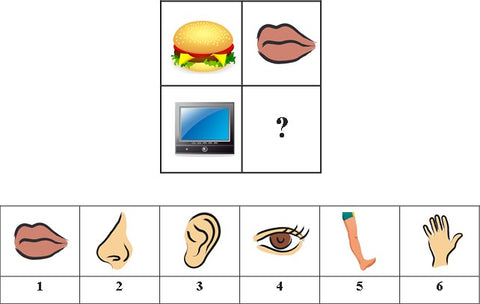KBIT stands for Kaufman Brief Intelligence Test, and is used to measure verbal and non-verbal intelligence in individuals from ages 4 through 90 years. It's commonly used as a guide for teachers, parents and students when quick assessment of intelligence is needed for gifted program placement.
Intelligence tests are a vital tool in identifying which children are truly gifted, average, and below average. This knowledge is invaluable to parents and teachers because it allows for teaching which is geared more toward the individual child's needs, abilities and limitations. The KBIT-2 is also extremely important in regard to advanced placement classes and schools, as it is often used as part of an entrance examination battery.
The test takes only 20 minutes, making it exceptional for several reasons. The short time period appeals to younger children because of their naturally short attention span. It also means that the test feels less intense than others do, which makes it more likely for children to relax and perform to the best of their ability. The KBIT-2 is administered and scored in schools or other institutional settings and requires a certain level of certification to administer.
KBIT-2 results are given in three parts: Verbal, Nonverbal and a composite IQ score reflecting a child's performance as a whole. Overall (composite) IQ scores scores range from 40 to 160. Scores above 130 are considered within the gifted range. Children scoring 130 and above are candidates for advanced placement programs, schools and classes. Scores between 85 and 115 are considered within the average range. If your child scores within this range, they will likely remain and do well in regular classes. Children scoring below 85 may benefit from alternative or remedial classes.
Learning experts agree that simple prep work, which deals primarily with skill building and familiarizing a child with the testing format, is most effective. Our Practice Test for the KBIT-2 contains 160 practice questions to make sure child will be ready on test day.
There are two main sections of the test – Verbal and Nonverbal. The verbal section contains a verbal knowledge subtest and a riddles subtest. The nonverbal section is comprised of a matrices subtest.
The Verbal Knowledge subtest measures word knowledge through the identification of pictures that illustrate a word or answer a question. Here is an example:
Point to the sample question and say: "Look at these pictures and point to condensation."

The correct answer is C.
The Matrices Subtest assesses a person's ability to make visual analogies and recognize spatial relationships through the completion of matrices that represent both real and abstract designs. Here is an example:
Point to the sample question and say: “Let’s play a game. Look at this object (Point to the single square or matrix) and tell me which one here (point to bottom pictures) goes with this one here?” Point to the single square or the square with the question mark.

The correct answer is 4.
The Riddles Subtest measures the ability to form verbal concepts and reason through exercises that require pointing to a picture or saying a word that answers a riddle spoken by the examiner. Look at this example:
Question: What tool has teeth and grooms your hair?
Answer: A comb